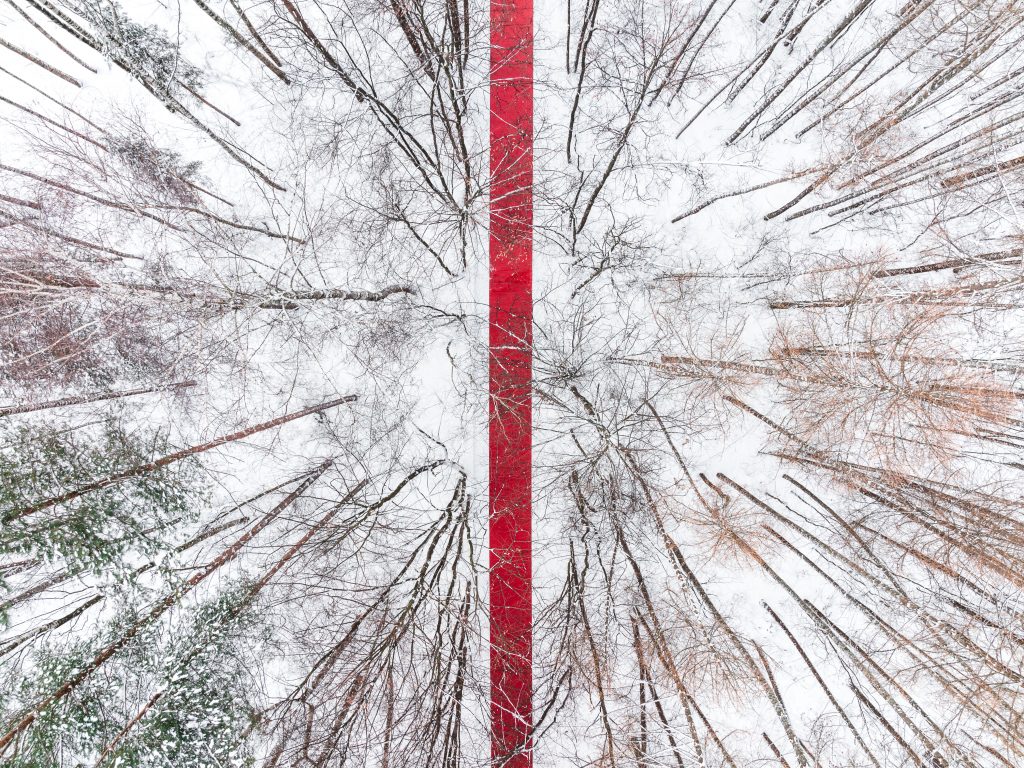
The installations of the Moscow artist draw on metaphorical images, geometric abstraction, pure forms, and lines, like “Red Vertical,” a tribute to Kasimir Malevitch.
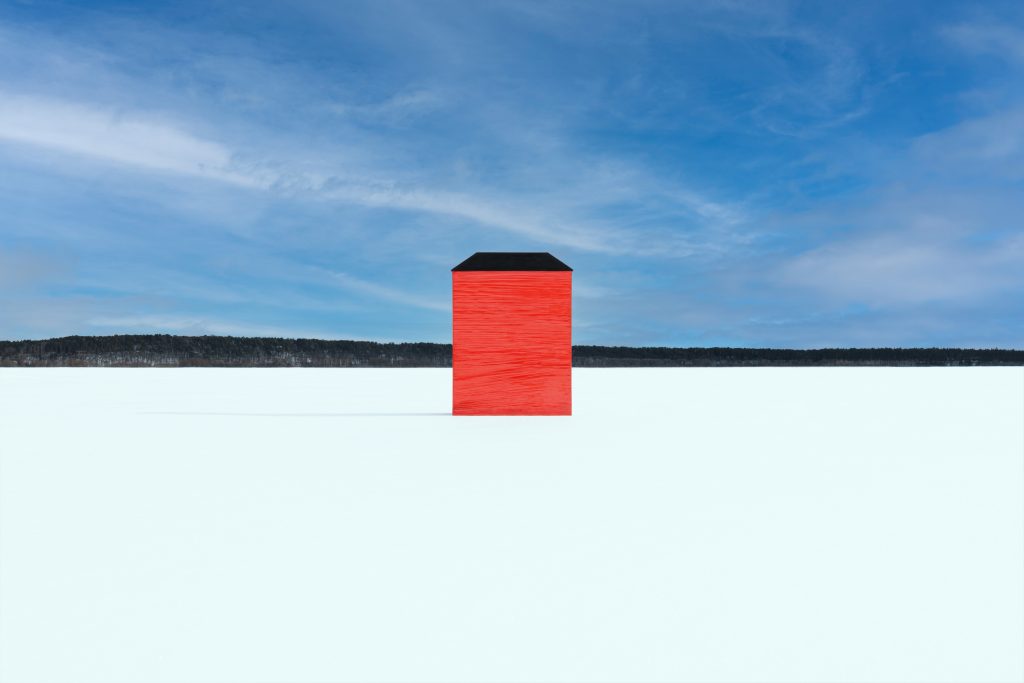
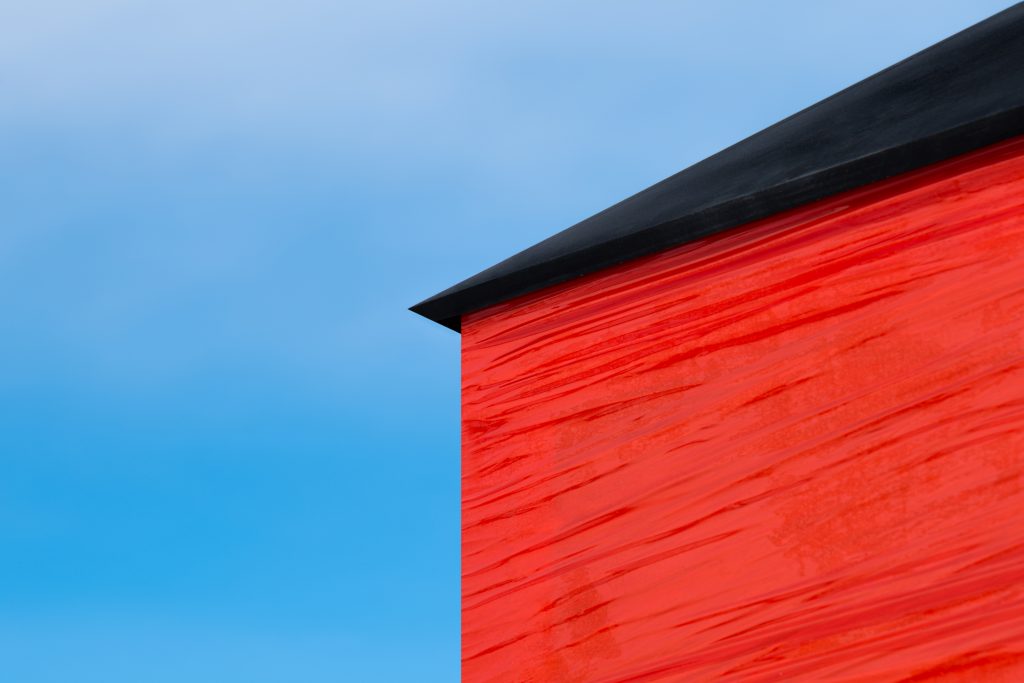
Gregory Orekhov followed in the footsteps of his father, a renowned sculptor and academician, learning techniques and materials in his studio before his untimely death at the age of 25.
After founding the Museum of Yuri Orekhov in his image in 2004, this former graduate of the Russian Academy of Painting, Sculpture and Architecture became involved in post-minimalist land art. If we owe him, among others, the installation “Agatha,” in honor of the birth of his daughter, and “Black Square,” a mirrored sculpture in memory of Kasimir Malevich in the park of the same name in Moscow, the forty-year-old artist has returned in 2022 with three fascinating structures. With “Red Vertical,” he once again pays homage to this icon of the abstract, where he transposes one of his emblematic paintings, “Red House” (1932), present in the collection of the Russian State Museum. This 7 x 5 x 2 creation thus has the appearance of a building which is not a building. In its tangible field, it is just as much a hut or a tower, stripped of windows and doors.
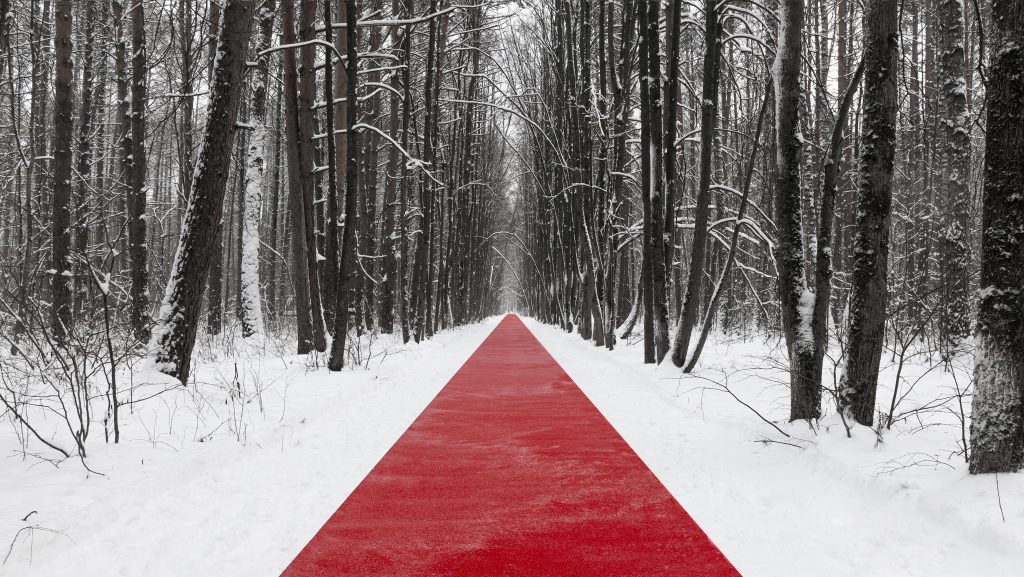
An example of an architecture “deprived of its function” or which “refuses to be a dwelling, devoid of human qualities.” Gregory Orekhov takes up the bases of Malevich’s pictorial conception, such as the dominant and revolutionary color red, which recurs throughout his career.
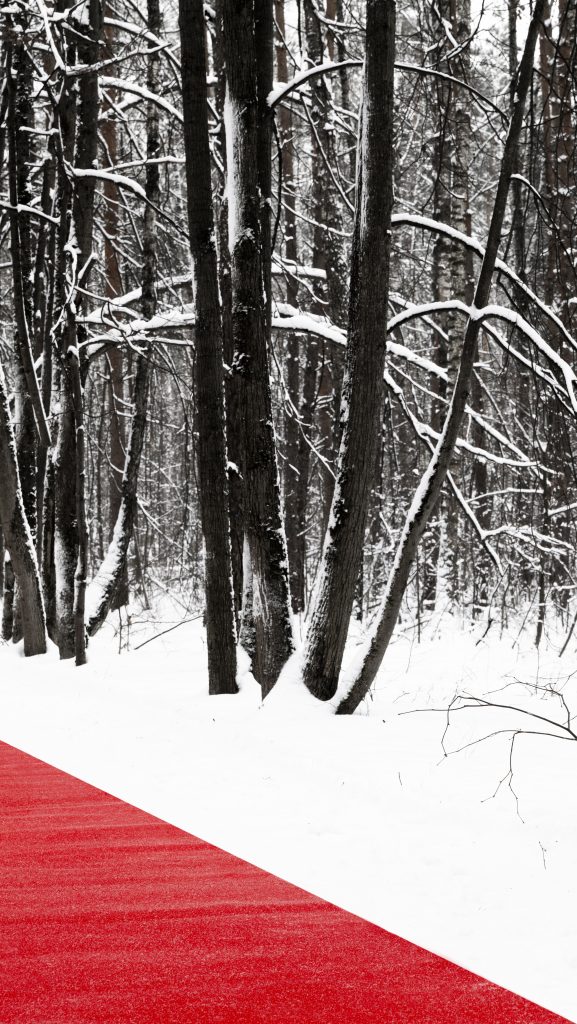
Respecting the initial reality
This large-scale work preserves the feeling of space and reality in which the master of the “Black Square” lived the last moments of his life. For “Nowhere,” the artist explores the notion of a red carpet via a polypropylene line that stretches 250 meters through a snowy forest in the park. Throughout history, this ceremonial symbol has welcomed leaders and royalty, heads of state and celebrities.
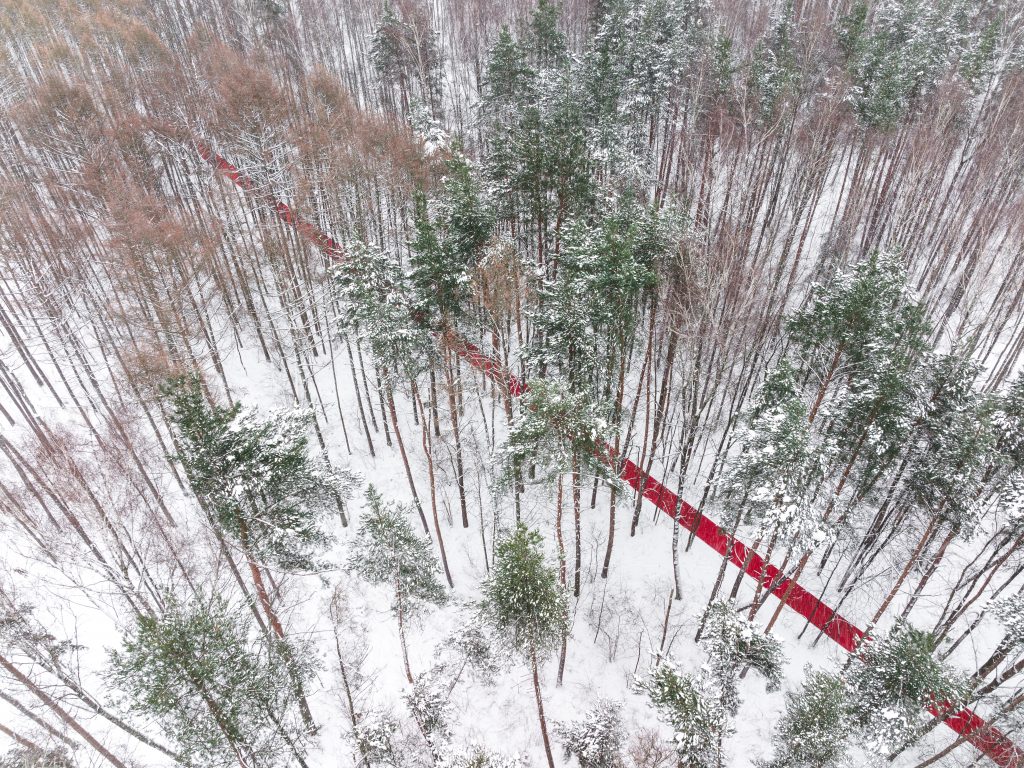
Here he encourages the visitor to take on “the role of a ruler,” while emphasizing that “the desire for glory, wealth, and power is meaningless when it comes to the greatness of the universe and nature.” His reflection goes even further. This red line, as “forbidden” and “not to be crossed,” draws a parallel with current events and the “violations of borders,” increasingly “mobile.”
He invites us to cross it, to allow the boundaries of what is acceptable to be redrawn.
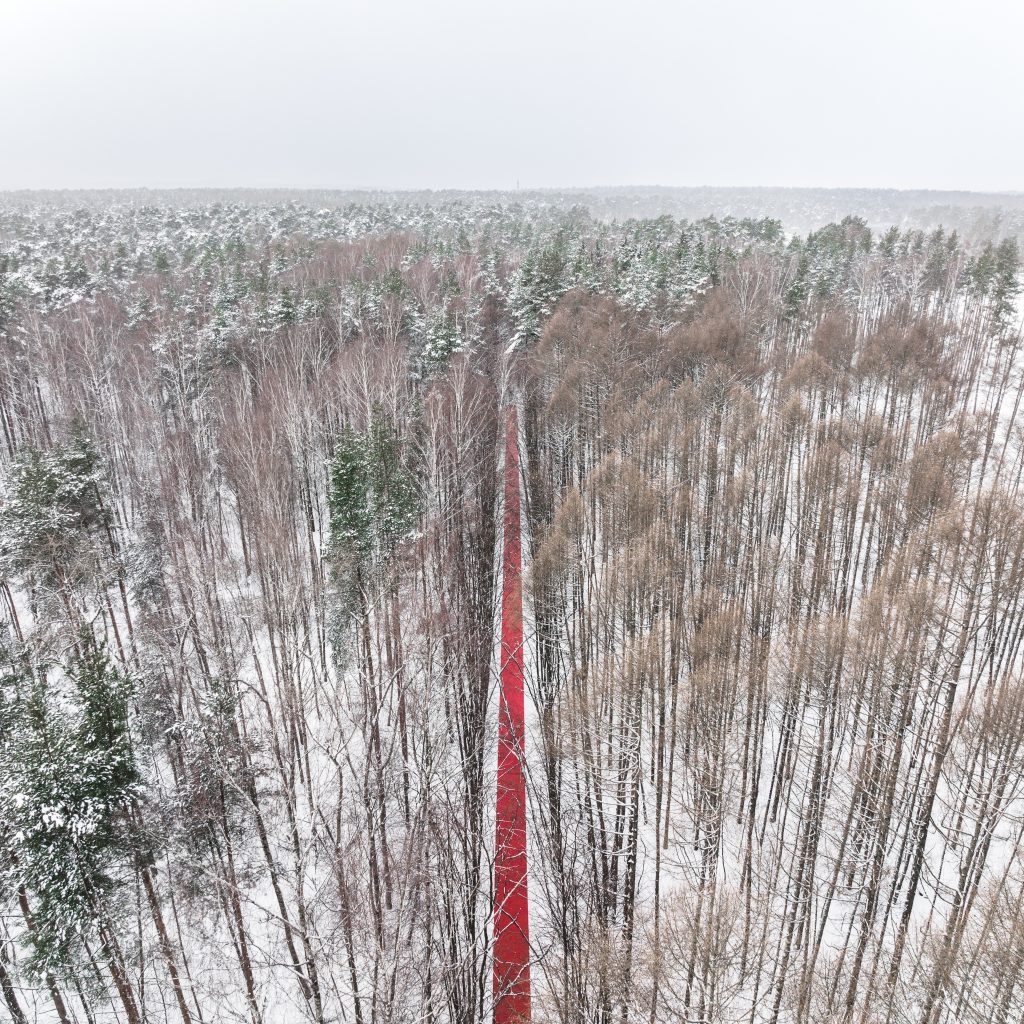
As for the concept of “Sunflower,” this mirror-polished stainless-steel sculpture is dedicated to “the memory of all those who have fought and died for peace, in opposition to evil, war, and violence.” This sunflower, facing the sky and the sun, is composed of three elements: the wheat (bread), the circle (infinite cycles of life), and the bench (for the inhabitants of the world, the people). This time, Gregory Orekhov questions the foundations of existence within this human interconnection in a serene yet possible world.
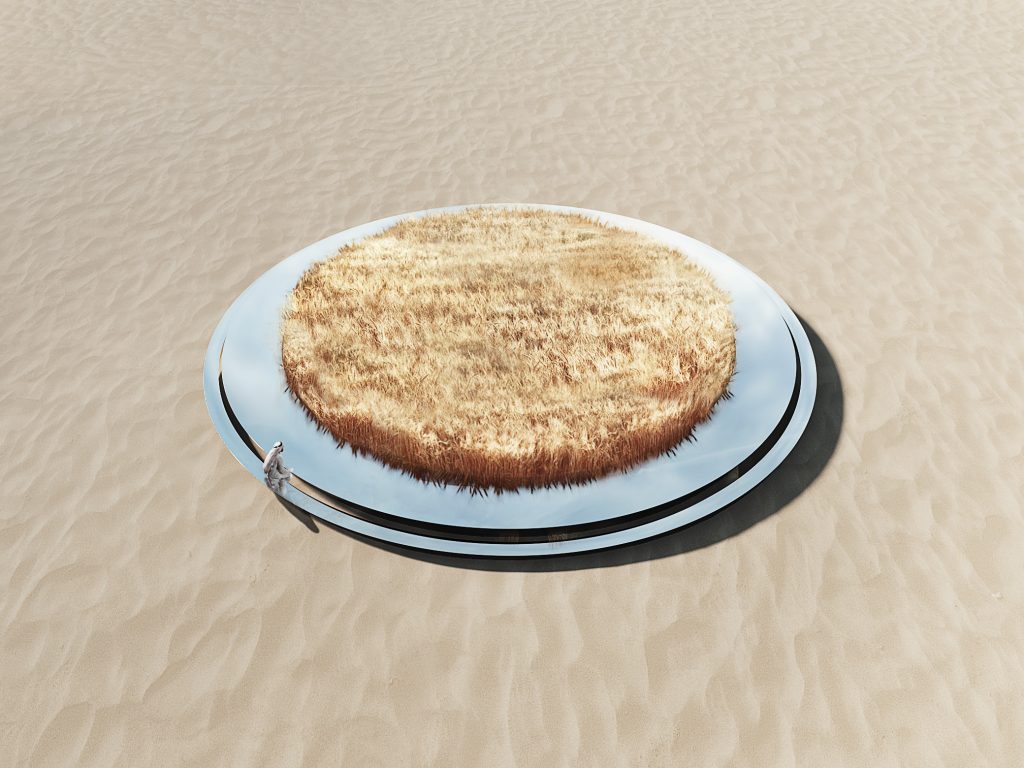
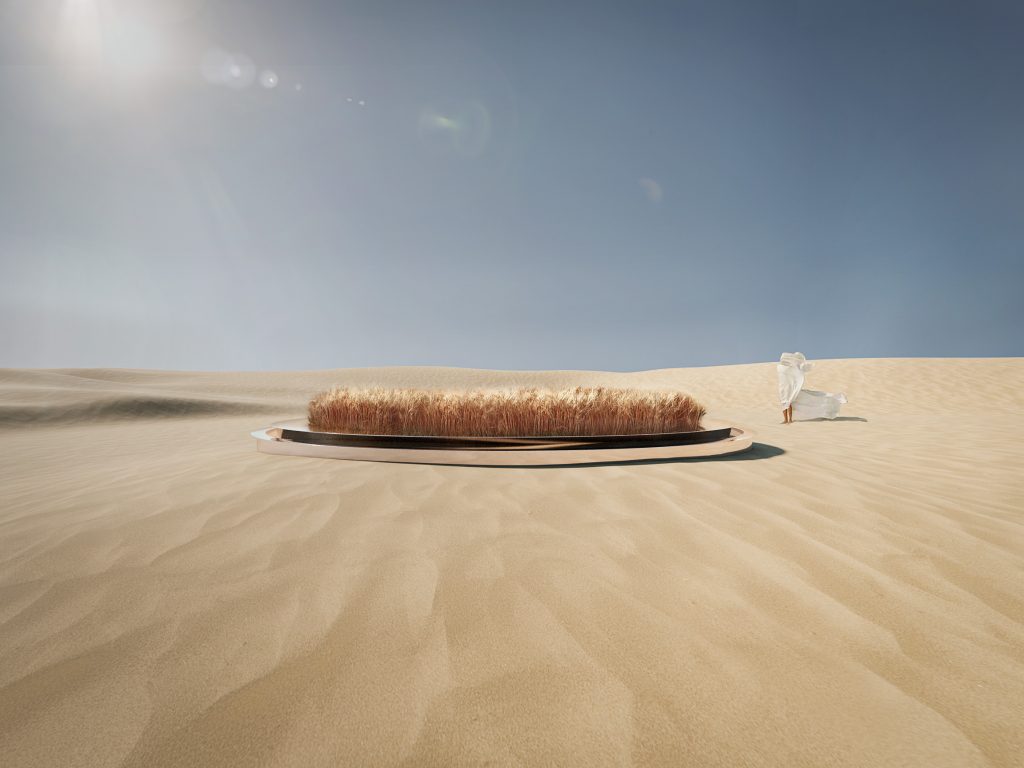
Moscow – Russia
